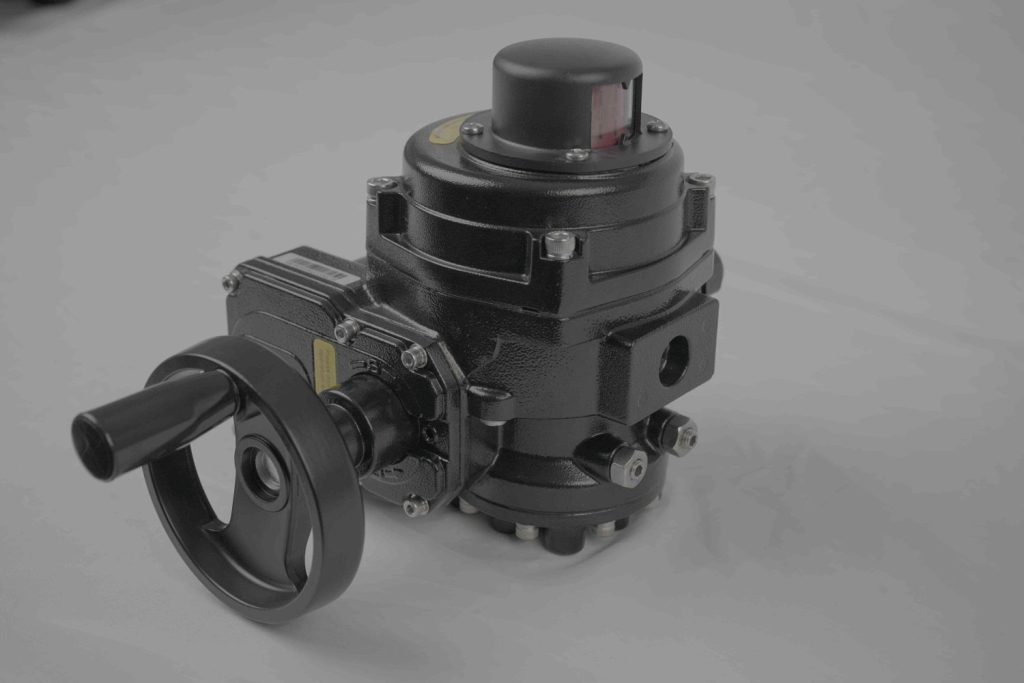Lithium batteries have become an integral part of modern life, powering everything from smartphones to electric vehicles. As the demand for these energy storage solutions grows, so does the need for advanced components that ensure the safety, reliability, and efficiency of these systems. One such crucial component is the WCB Lithium Battery Valve. This valve plays a vital role in safeguarding lithium batteries by maintaining pressure regulation, preventing dangerous leaks, and enhancing overall performance. In this article, we will explore the significance of the WCB Lithium Battery Valve, how it works, and its impact on the future of battery technology.

What is a WCB Lithium Battery Valve? WCB, which stands for “Wide-Carbon Body,” refers to a specific type of valve designed for use in lithium-ion battery systems. These valves are typically made from durable, corrosion-resistant materials that can withstand the pressures and conditions within a lithium battery. The primary function of the WCB Lithium Battery Valve is to control and regulate the internal pressure within the battery during charging and discharging cycles. It serves as a safety mechanism that prevents dangerous overpressure situations that could potentially lead to battery failure or hazardous events, such as explosions or fires.
Leave a Reply